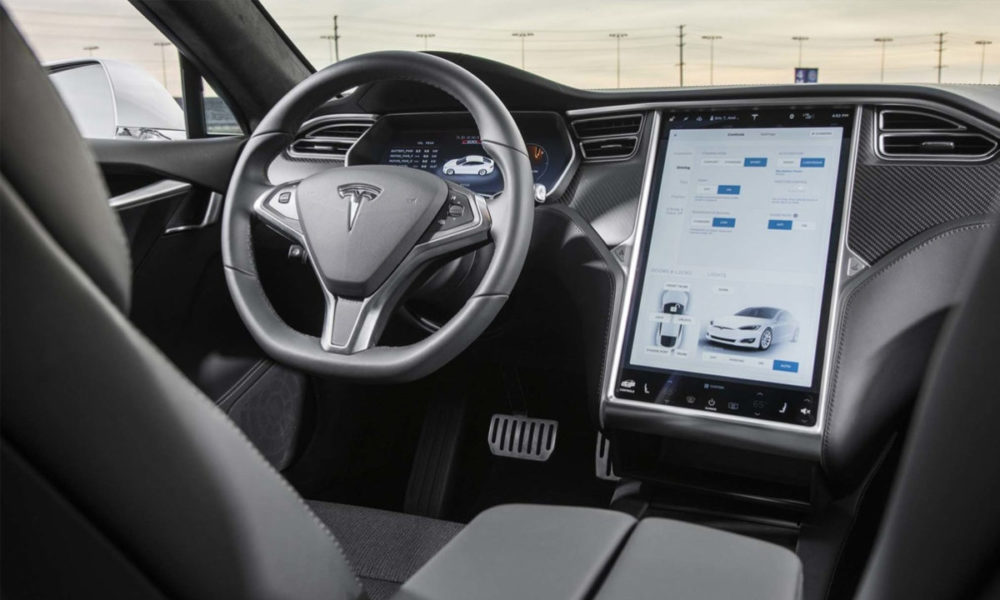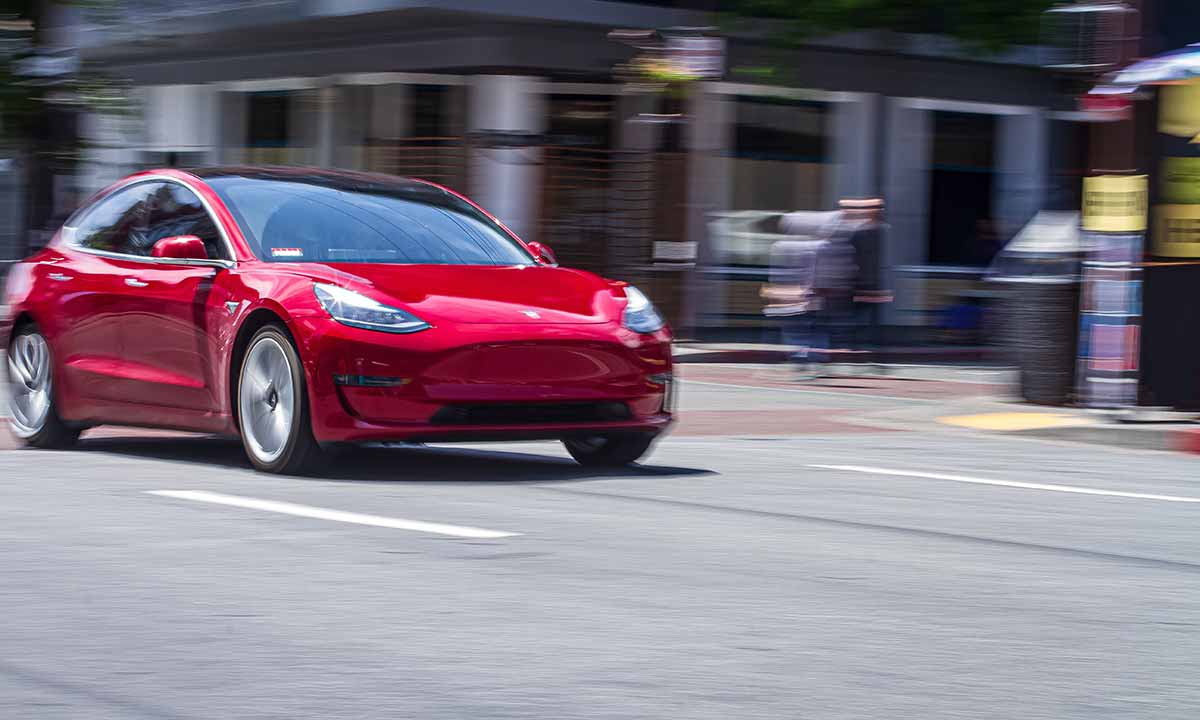
One of the great differences between Tesla and its competition is, of course, its complex system of driving assistants, misnamed by the autopilot company, but despite not knowing what its name indicates, it does offer a vast set of assists that make driving much more comfortable. This is, without a doubt, a merit that must be recognized to the brand, and that has served for the rest of the sector to step on the accelerator (pun intended) with regard to the evolution of these systems.
However, being the first in many things means taking more risks than the rest. Firstly, because the technology is not as mature as when it has already passed through other hands, and secondly because being under the spotlight of half the world, any problem in what you are doing will be quite important. And if you add to this a somewhat questionable communication policy, then the result is a brand image that, in recent times, has received quite a few setbacks.
And the last one is particularly serious, because according to what we can read in The Verge, the NHTSA would be investigating a problem of improper braking in certain Tesla models. And it’s not a small amount, far from it, the National Highway Traffic Safety Administration claims to be investigating nothing less than 416,000 vehicles Tesla after receiving hundreds of complaints about unexpected braking. The research affects all Tesla Model 3 and Model Y vehicles sold in 2021 and 2022.
This problem is not new, the problems due to what has already been called “ghost braking” they began to be produced last fall, coinciding with a software update that, after detecting the problems, forced the company to force the reversion to what was considered the last secure version of FSD (Full Self-Driving), 10.3. However, this change did not solve the problem. On the contrary, incidents reportedly increased substantially.
Thus, the US regulator would have received, up to now, 354 complaints from users affected by phantom brakingwhich would always have occurred with Tesla’s ADAS (Advanced Driver Assistance Systems) systems, and the testimonies agree that the problem occurs when the car is traveling at high speed (normally on the highway), and “that rapid deceleration can occur without warning, randomly, and often repeatedly in a single driving cycle”.
One of the testimonials collected by the NHTSA states that he experiences spontaneous and senseless braking on most long trips you take with your Tesla, and that happen when you’re using Autopilot and Traffic-Aware Cruise Control, two of Tesla’s advanced driver assistance features. And the problem is that in certain circumstances, said braking can be tremendously insecure.
Although at the moment the problem is related to the software, it is impossible not to think about Tesla’s decision, made last year, to remove radar sensors from new vehicles, to focus data capture exclusively on cameras. A somewhat daring decision that, if it is shown to be related to these incidents, could pose a serious problem for the company. And that, at least for now, there would have been (unless known) any accident due to phantom braking. If this happens, the situation could get even more complicated.




